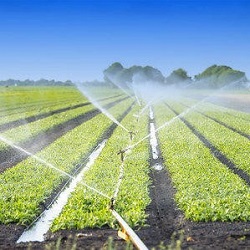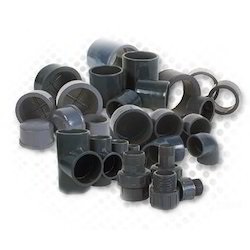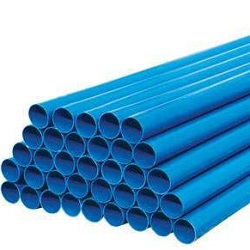Water dripper
Water Dripper irrigation is a system of tubing that directs small quantities of water precisely where needed and prevents the water waste associated with sprinkler systems. Drip systems minimize water runoff, evaporation, and wind drift by delivering a slow, uniform stream of water either above the soil surface or directly to the root zone. This irrigation method is the ideal way to water plants and crops in locations where water is scarce. Drip irrigation is common in large-scale agricultural settings, but home garden drip irrigation systems are also popular and relatively inexpensive.
How Does a Drip Irrigation System Work?
There are six main components of a drip irrigation system.
- Valve: A drip kit irrigation valve controls the flow of water. You can equip a water valve with an automatic timer and pre-program your watering times.
- Filter: The filter on a drip irrigation kit prevents debris from clogging the tubing.
- Pressure regulator: The water pressure of the typical home water supply is too high for a drip irrigation system. The pressure regulator both decreases the water pressure and provides a constant low-pressure flow, even if your home water supply’s pressure fluctuates.
- Backflow preventer: This device prevents water in your irrigation system—which may become filled with dirt and bacteria from the soil—from getting sucked back into your drinking water supply when your drip system is turned off.
- Dripline: This flexible drip tubing transports water from the valve to your plants. Also known as a distribution line, the dripline connects to the pressure regulator via a tubing adapter. A Black or brown drip line is common, as it blends in with soil and mulch.
- Emitters: Also known as drippers, drip irrigation emitters are small plastic devices that connect to the tubing to discharge water into the soil. As a general rule, most plants require one or two emitters to receive the proper amount of water.
- Endcap: Also known as a flush valve, an end cap prevents water from running out the end of a drip line. Once the water runs clear, the tubing has been properly flushed, and you can reapply the cap.











Reviews
There are no reviews yet.